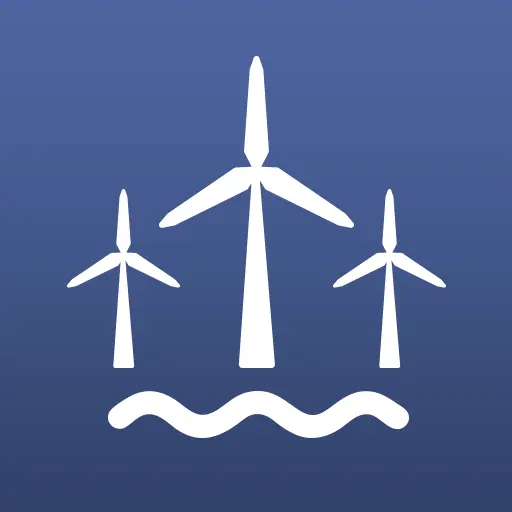
The Swedish Pelagic Federation producer organization (SPF) represents the Swedish pelagic fishery after e.g. herring, sprat, sandeel and mackerel in the Gulf of Bothnia, the Baltic Sea, Kattegatt, Skagerrak, the North Sea and the Atlantic. Our members fish with vessels from 5-65 meters using pelagic trawls, purse seines, hooks and nets. Our members account for approx. 90% of the annual total fished volume in Sweden. We thank you for the opportunity to participate in this consultation.
SPF has received extensive documentation containing information about current conditions in the area where Baltica 1 is intended to be located. However, it does not provide sufficient answers to our questions about how fish stocks caught by our member vessels in the Baltic Sea will be affected, especially during the park’s operational phase.
The documents provide general information about how fish can be affected by noise as well as what noise reduction measures can be used during piling. We consider it incredibly important that animals in the area are not harmed during the construction of the park. However, we consider it at least as important that underwater noise caused by the wind turbines during the operation of the park does not risk harming our fish stocks or affect them negatively. Information on the expected impact of underwater noise on fish during the operation of the park has been completely omitted from the Espoo report. Nevertheless, it is stated on page 95 that low-frequency noise from ships can result in behavioural changes and disruption of fish communication. Low-frequency noise generated by a wind farm will be permanent throughout the life of the park and it is essential that we get answers to how it is expected to affect fish living in the Baltic Sea during all life stages (spawning, foraging and migration).
The report ignores the fact that any local impact on flora and fauna can also have negative effects that are transboundary because some fish species can move over large distances. Fish that forage or breed in Polish waters can potentially be caught outside the Polish economic zone by, for example, Swedish commercial fishermen. In other words, it is not possible to easily conclude that, for example, electromagnetic fields or sediment dispersion only has a local impact. A wider regional perspective must be used.
Page 106 in the Swedish report describes serious negative effects on fish that can occur at high concentrations of suspension. However, on the following page it is only stated that ”The modelling of suspended substances has shown that the expected increase in concentration in the Swedish exclusive economic zone will be so low that its transboundary impact on fish fauna can be considered negligible”. It does not take into account whether increased sediment suspension during the park’s construction, or during its operation, will lead to damage or behavioural changes for stocks that can be fished by Swedish commercial fishermen.
SPF believes that it is unclear in the report whether the area of the park constitutes a spawning area for herring and sprat or not. Some passages of text are somewhat contradictory, and merely referring to the water depth is not sufficient evidence to conclude that herring do not spawn in the area. The depth does not rule out that primarily autumn spawning could occur in the area, and it has been noted that autumn-spawning herring has increased in abundance in other parts of the Baltic Sea as a result of higher water temperatures.
To conclude, it is important to clarify whether fish spawning is taking place in the area. If so, great care must be taken not to disturb it.
If you have any questions related to our response or our pelagic fishery in general, please contact us!
Best regards,
Annelie Rosell
Swedish Pelagic Federation PO